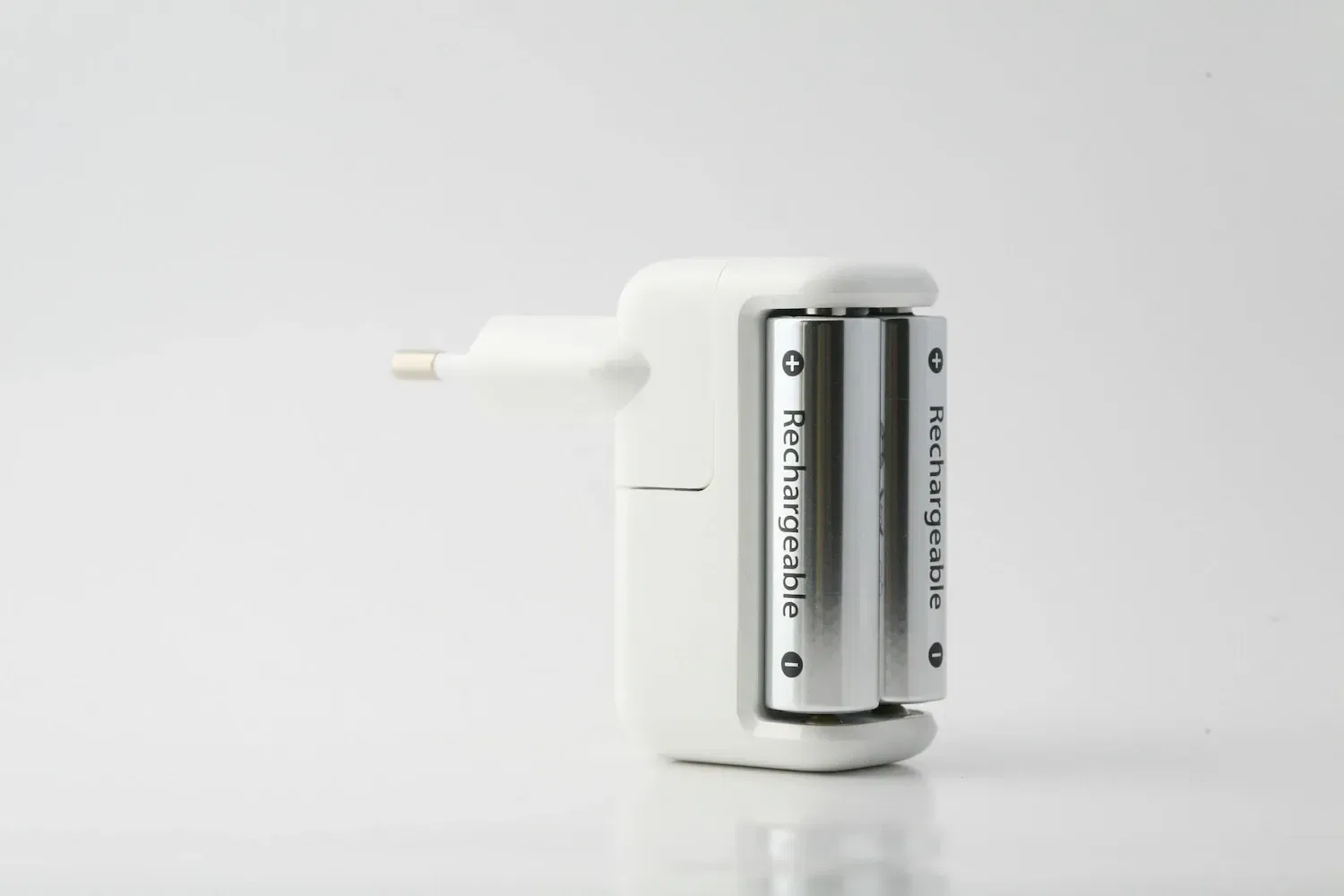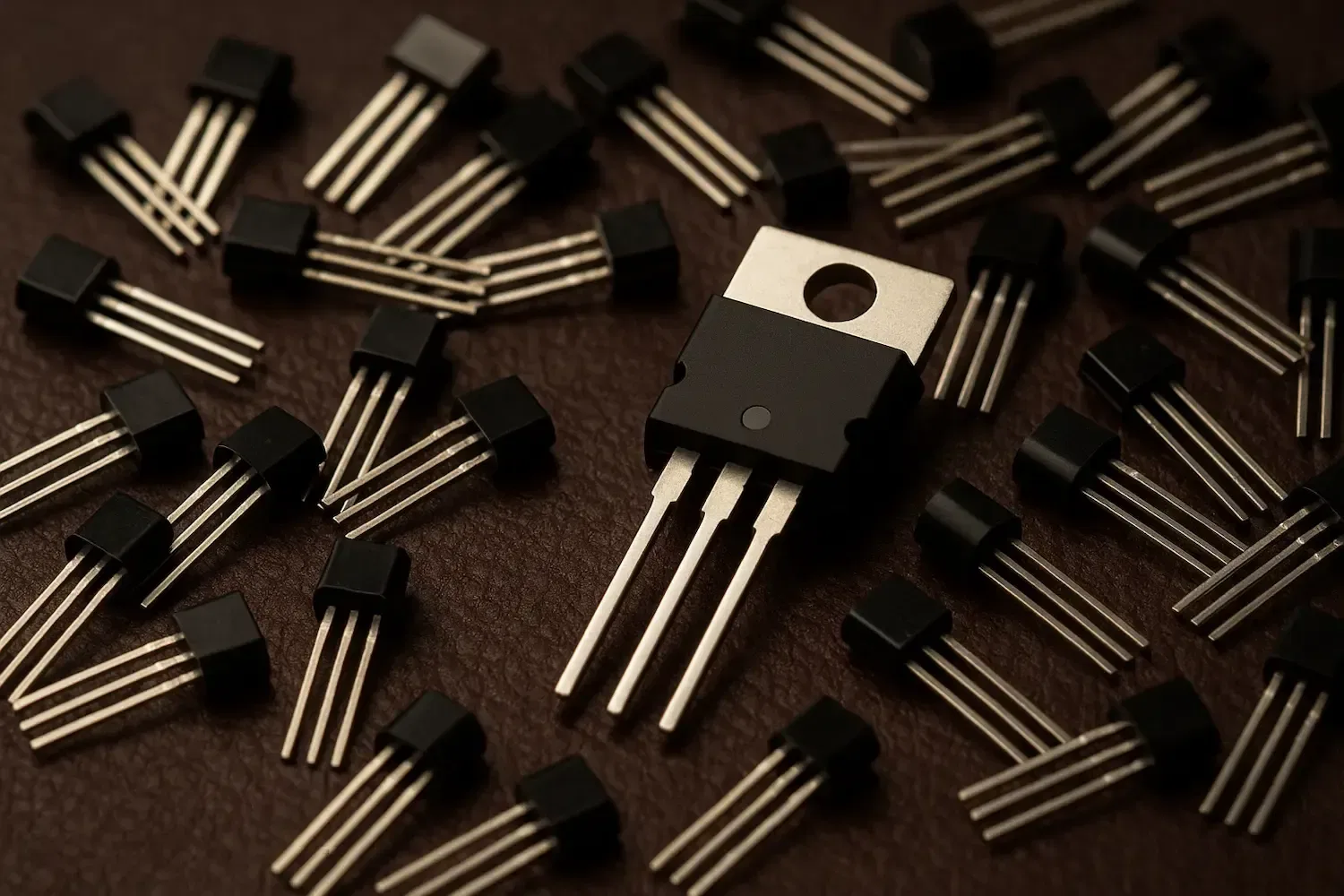Electronic Speed Controllers (ESC)

Understanding Electronic Speed Controllers (ESC) for RC Airplanes: Types, Functions, Selection, and Safety
Introduction
In the world of RC airplanes, Electronic Speed Controllers (ESCs) are indispensable components that regulate motor speed, provide power to onboard systems, and protect your electronics from damage. Whether you are flying a beginner trainer or a high-performance aerobatic model, understanding ESCs is crucial for both performance and safety.
This article will guide you through the basics of ESCs, how they work, their types, specifications, selection tips, safety considerations, and common mistakes to avoid.
1. What is an ESC?
An Electronic Speed Controller (ESC) is an electronic device that controls the speed of an electric motor by modulating power delivery. For RC airplanes, ESCs:
- Receive throttle signals from the receiver.
- Control the motor’s speed based on the throttle input.
- May supply power to the receiver and servos via a Battery Eliminator Circuit (BEC).
2. How Does an ESC Work?
- Input Signal: The ESC receives a PWM (Pulse Width Modulation) signal from the receiver, typically between 1000µs (zero throttle) and 2000µs (full throttle).
- Motor Control: For brushless motors, the ESC converts the battery's DC voltage into a 3-phase AC signal using high-speed switching.
- Power Distribution: ESC may also regulate voltage for the receiver and servos through an integrated BEC.

3. Types of ESCs for RC Airplanes
3.1. Based on Motor Type
- Brushed ESC: Controls brushed motors using pulsed DC (now rarely used).
- Brushless ESC: Controls brushless motors (the standard in modern RC airplanes).
3.2. Based on Power Supply Features
- OPTO ESC: No BEC, requires a separate receiver battery.
- ESC with BEC:
- Linear BEC: Simpler but inefficient for high current.
- Switching BEC (SBEC/UBEC): More efficient, supports higher loads.
3.3. Programmable ESCs
Allow users to adjust settings like:
- Motor timing
- Brake activation
- Cutoff voltage
- Soft start modes
4. Selecting the Right ESC for Your RC Airplane
When selecting an ESC for your airplane, following these guidelines will ensure a safe and reliable setup:
- Ensure the ESC's current rating exceeds your motor’s maximum current draw by at least 20-30%.
- Confirm the ESC supports the voltage of your battery pack.
- If using multiple or high-power servos, verify that the BEC can handle the total current draw required.
- For high-performance aircraft, programmable ESCs with features like soft start and timing adjustment are highly recommended.
Key Rule of Thumb:
Always size the ESC to be equal to or higher than the motor's expected max current draw in your setup.
You can safely use a larger ESC than your motor requires, but never use an ESC rated lower than the motor's needs.
Using an underrated ESC will cause overheating, power loss, or even catastrophic failure.
5. Important ESC Features Explained
- Brake Mode: Stops propeller when throttle is zero (useful for gliders).
- Low Voltage Cutoff (LVC): Protects LiPo batteries from over-discharge.
- Thermal Protection: Reduces power or shuts down ESC if overheating occurs.
- Soft Start Modes: Provides smooth motor start-up to prevent damage to drivetrain.
6. Best Practices for Installing and Using ESCs in RC Airplanes
- Ensure excellent airflow over ESC to avoid overheating.
- Secure ESC firmly inside fuselage or wing compartments.
- Use quality connectors rated for the required current.
- Always calibrate ESC to your transmitter throttle range.
- Pre-flight checks should include ESC temperature after static runs.
7. What Happens If There is Poor Ventilation for the ESC?
ESCs can become dangerously hot when airflow is blocked or inadequate, particularly under heavy load or in hot weather.
Consequences of Poor Ventilation:
- ESC Overheating: ESC can reach temperatures beyond its safety limits.
- Thermal Cutoff Activation: Most ESCs will reduce power or shut down mid-flight to protect themselves, risking sudden loss of thrust.
- Permanent Damage: Severe overheating may destroy internal MOSFETs and capacitors, leading to:
- ESC failure
- In-flight motor shutdown
- Severe crash if power is lost at a critical moment
- Fire Hazard: An overheated ESC can ignite nearby flammable materials or even cause LiPo battery fires, leading to total aircraft loss and ground hazards.
Worst Case Scenario:
- Immediate power loss mid-flight, leading to uncontrolled descent or crash.
- Fire in the air or upon crash landing, particularly with foam models and LiPo batteries.
8. Common Mistakes to Avoid
- Using an ESC with an insufficient current rating.
- Overlooking BEC limits when using many or high-powered servos.
- Mounting the ESC inside sealed compartments without airflow.
- Using car or drone ESCs not optimized for airplanes (may cause throttle lag or unsafe behavior).
9. Why You Can't Connect Two Motors to the Same ESC (Brushless Systems)
Many beginners wonder if they can connect two brushless motors to a single ESC to save weight or space. This is a critical mistake and should never be done.
Here's why:
- Precise Timing Control: Brushless ESCs work by carefully controlling the timing and sequence of the three-phase signals sent to the motor.
- Individual Motor Variations: Even if two motors are the same model, slight mechanical and electrical differences exist between them. The ESC needs to adjust dynamically for each motor's individual behavior (load, speed, phase alignment).
- Confusion and Desync: Connecting two brushless motors to one ESC will confuse the ESC as it receives conflicting feedback from both motors. This can cause:
- Loss of synchronisation (desync)
- Overheating of the ESC
- Motor stuttering or stopping
- Permanent damage to both the ESC and the motors
Safe Practice:
Always use one ESC per brushless motor.
Never attempt to drive multiple brushless motors from a single ESC.
Conclusion
ESCs are the silent workhorses of RC airplanes, but their importance cannot be overstated. Selecting the right ESC, installing it correctly, ensuring sufficient cooling, and understanding its features are essential steps to enjoy safe, reliable flights.








